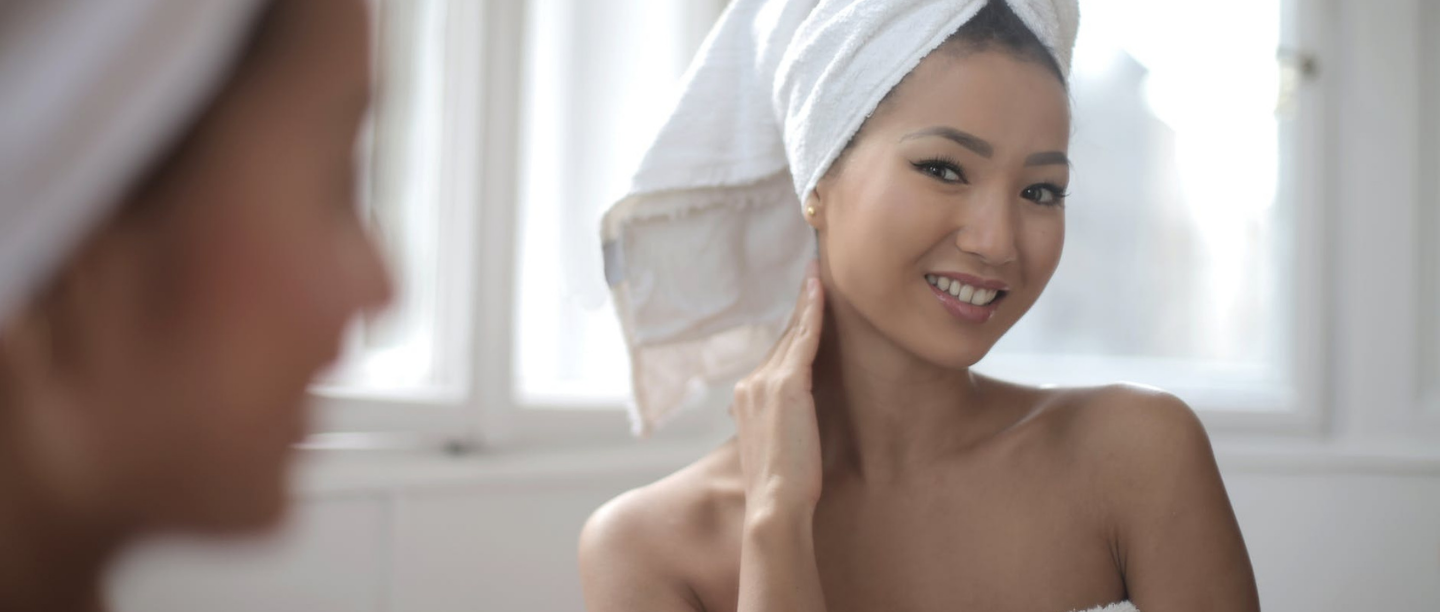The path to beautiful skin is not always easy unless you’re blessed with good genes. But for the rest of us, it involves putting in extra effort and dealing with the skin’s detox process as the active ingredients get to work fixing the skin from inside. This brings us to skin detoxification. Like everything else in life, even your skin needs a chance to adjust to a new product that you’ve added to the mix. If you’ve just bought a tube of retinol or some BHA toner pads to calm down your irritated and inflamed skin but it’s just got a lot worse- it can feel terrible. However, you could be in the middle of a process called skin purging and it isn’t necessarily bad for you.
We got in touch with Mansi Chowdhary, Co-Founder & Director of Body Cupid who gave us her insights on skin purging and how’s it different from acne.
What Is Skin Purging?
“Skin purging refers to the process where the skin is reacting to the active ingredients that you have used to manage certain skin conditions. When the skin is purging, there is an increase in cell turnover rate because the active ingredient is working on your skin.”, says Mansi. She also says that as the cell turnover process speeds up, your skin starts to shed dead skin faster to be able to reveal freshers, younger-looking skin that’s beneath.
“Before the fresh skin is revealed, your skin will have to purge out excess sebum, dry flakes and build up from your pores. These can clog your pores and appear as blackheads, whiteheads and pimples. When you use exfoliating acids and retinoids in your skincare, you might experience breakouts and flaking – signs that your skin is purging itself and removing toxins from the skin. If you are prone to using heavier skincare products and waterproof or heavy makeup then you are more likely to experience skin purging once you start a new active-induced skincare regime than those who use lightweight products”, Mansi adds.
So, skin purging isn’t always bad because essentially it helps in expelling accumulated dirt, dead skin cells, and the products that were trapped in your skin’s layer.
How Is Skin Purging Different From Acne?
Although both acne and skin purging may look alike, there are a lot of differences between them. As Mansi explains, “When your skin starts to purge, pimples and blackheads are the first skin troubles that show. So how do you decide whether you are experiencing skin purging or an acne flareup? You need to observe your skin. If you get acne flare up the skin will feel tender deep beneath the skin. But in the case of skin purging, you will notice flakes, blackheads and tiny pimples almost invisible to the eyes called micro comedones. The skin might feel excessively greasy but not painful or look red. Interestingly, skin purging often takes place if you are taking treatment for acne or using retinoids to reduce acne blemishes. It is the skin’s way of getting rid of the toxins and reveal new skin.”
Here are some differences which will make things much clearer.
– A breakout can be caused due to hormonal factors or even due to external factors such as pollution but skin purging is a reaction to something that’s alien to the skin (a new treatment or a product).
– While acne shows the condition of your skin (like clogged pores or hormonal changes), skin purging is actually detoxifying your skin.
– Believe it or not, purging does not leave scars behind but acne scars are a very real thing.
– Breakouts can happen anywhere whereas purging happens only after you’ve tried a new product or treatment.
– Purging happens uniformly on the skin whereas acne doesn’t have any set pattern.
How Should You Deal With Skin Purging
While this method of detoxifying may sound incredible, it can actually be extremely painful. So, here’s how you can be one step ahead of it:
– Before indulging in a new product, make sure you do a patch test. Use the product in minimal quantities to ensure that it doesn’t irritate your skin.
– If your skin is indeed purging, the first and foremost thing is to stop touching it.
– Keep your face clean and avoid using any type of exfoliant or harsh chemical on it. If possible, just clean your face with cold water, without even a facial cleanser.
– Keep surfaces that come in contact with your face clean, such as your mobile screens and pillow covers.
– Since your skin is really sensitive when it’s purging, make sure you double up on the sun protection.
– Do not become your own skin guru and consult a dermat if there is no sign of improvement.
– Apply fresh aloe vera to temporarily soothe your irritated skin.
So, it’s good to understand what your skin really needs before jumping to conclusions, isn’t it?
Have a great (skin) day!
Featured Image: Pexels.com



